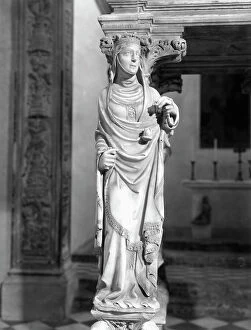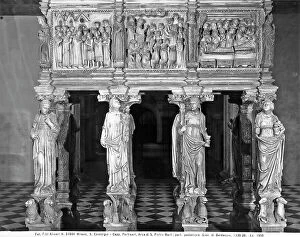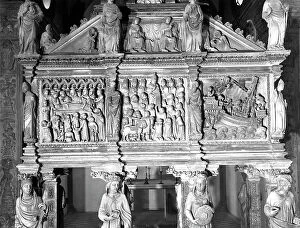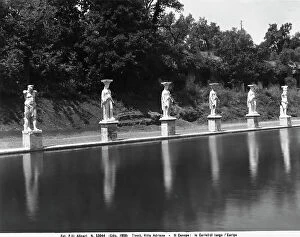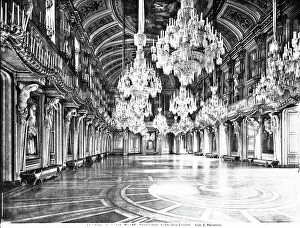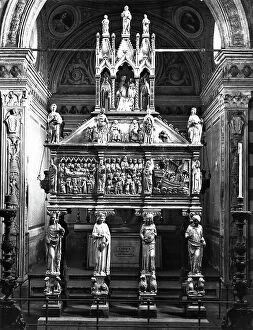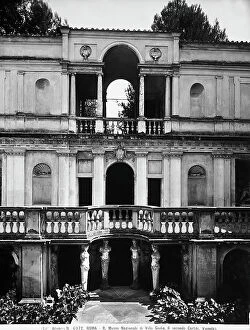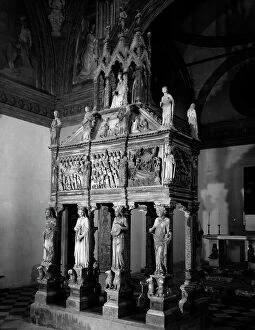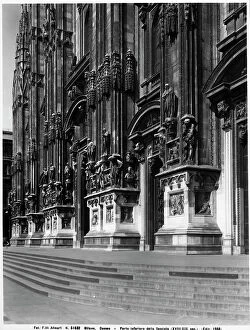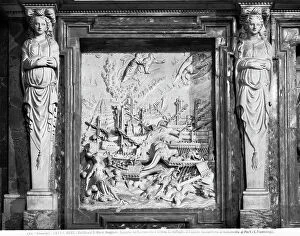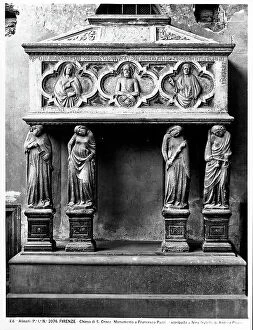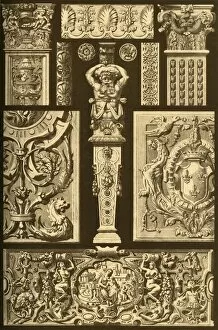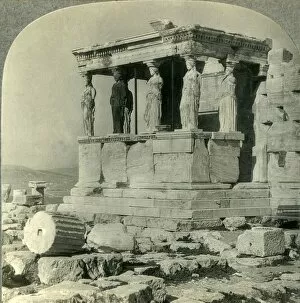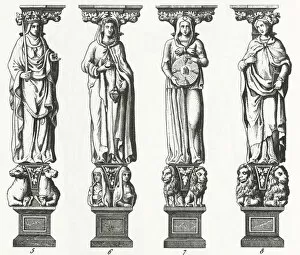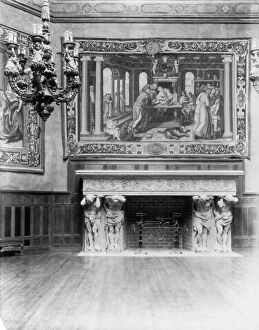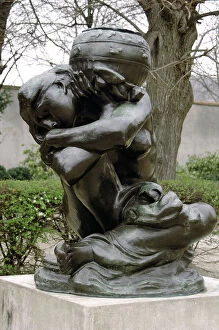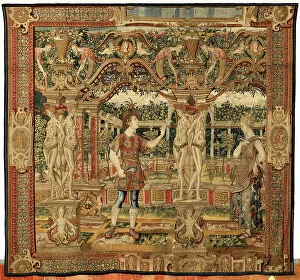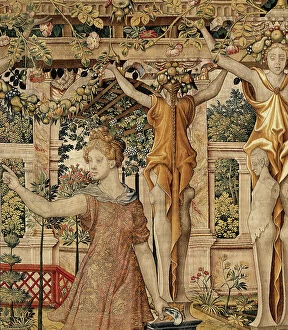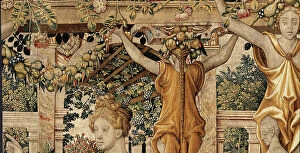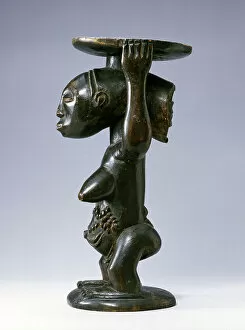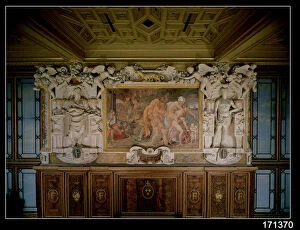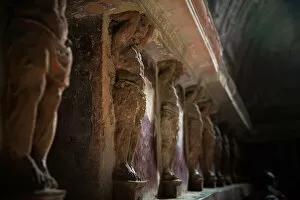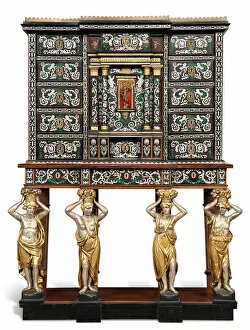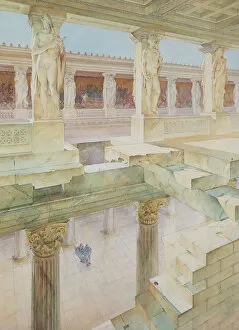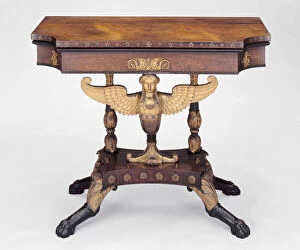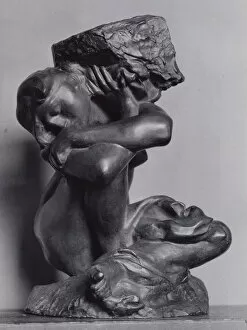Caryatid Collection (#2)
The caryatid, an iconic element of ancient Greek ornamental architecture and sculpture, has captivated artists and architects throughout history
For sale as Licensed Images
Choose your image, Select your licence and Download the media
The caryatid, an iconic element of ancient Greek ornamental architecture and sculpture, has captivated artists and architects throughout history. Dating back to 1898, a mysterious creator crafted a stunning chimneypiece in the Stone Hall of Houghton Hall, Norfolk. This black-and-white photograph from "The English Country House" showcases the grandeur and elegance that these sculptures bring to any space. In 1883, renowned sculptor Auguste Rodin immortalized the caryatid with urn in his masterpiece. The delicate curves and intricate details evoke a sense of grace and strength simultaneously. Little Moreton Hall in Cheshire also boasts a remarkable fireplace adorned with this captivating figure; another testament to its enduring appeal. Traveling all the way to Athens, Greece, we find ourselves standing before the majestic Temple of Erechtheion on Acropolis Hill. Its porch adorned with caryatids stands as a symbol of architectural brilliance from ancient times. These sculpted female figures seem frozen in time yet exude an aura of eternal beauty. Vienna's historic center surprises visitors with its own collection of caryatids adorning buildings steeped in history. As we wander through this enchanting cityscape, we can't help but marvel at how these statues seamlessly blend into their surroundings while adding an air of sophistication. Moving forward through time brings us to French Renaissance ornaments captured in stone and wood during 1898 by another unknown artist. Their inclusion highlights how the influence of classical art transcends borders and eras. Returning once again to Athens' Acropolis reveals more wonders—the Porch Caryatids stand tall amidst ruins at the Temple of Erechtheion. These columns formed by Greek maidens transport us back centuries ago when such craftsmanship was revered for its artistic prowess. Even St Peter's Engraving pays homage to these magnificent figures as they grace its walls alongside six gents sitting beside the Porch of the Caryatids on Acropolis.

